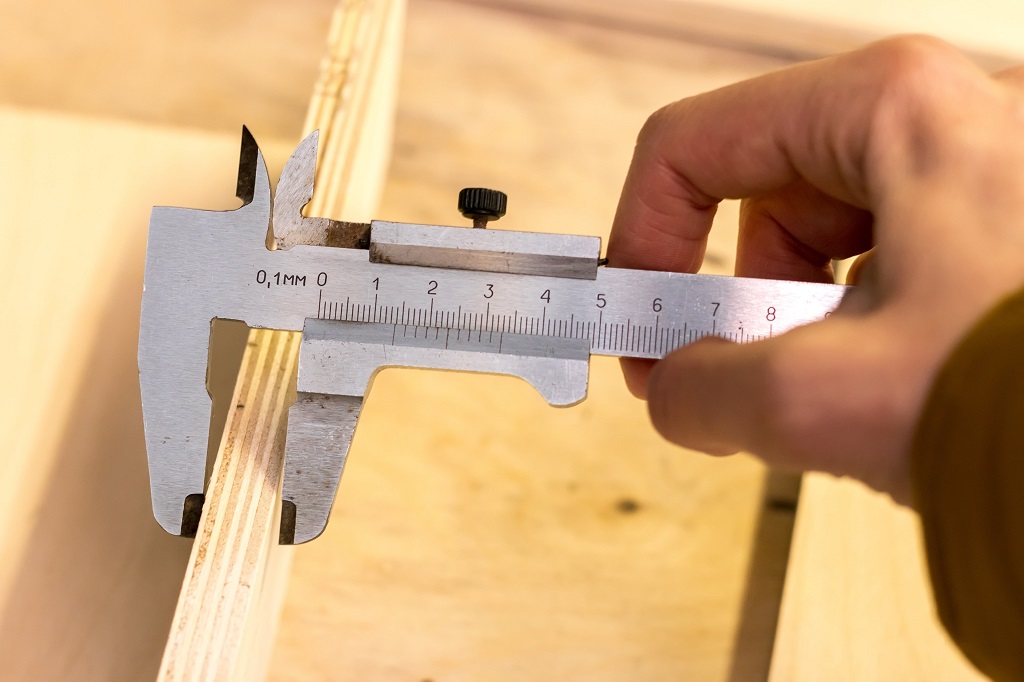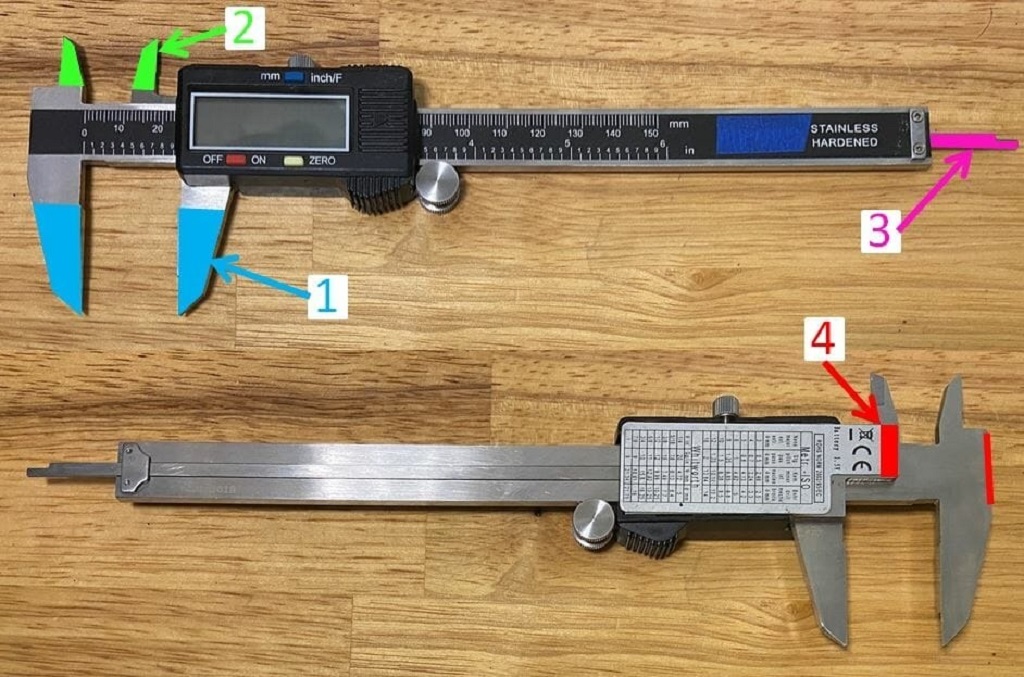Have you ever needed to measure the thickness of a sheet of metal, the diameter of a small object, or the depth of a groove? If so, a caliper is the perfect tool for the job. But knowing how to measure caliper correctly is essential to ensure precision in engineering, machining, woodworking, and even body fat testing.
In this comprehensive guide, we’ll walk you through the different types of calipers, how to use them, and expert tips for getting the most accurate measurements. Whether you’re a DIY enthusiast, a machinist, or a fitness professional, this article will help you master caliper measurements like a pro.
What Is a Caliper?
A caliper is a precision measuring tool used to determine the dimensions of an object, such as its thickness, diameter, or depth. Calipers come in various types, each suited for specific applications:
- Vernier Calipers – Manual calipers with a sliding scale for precise measurements.
- Dial Calipers – Feature a dial indicator for easy reading.
- Digital Calipers – Provide instant digital readouts for quick and accurate measurements.
- Spring-Joint Calipers – Used for transferring measurements rather than direct reading.
- Skinfold Calipers – Specialized for measuring body fat percentage.
Understanding the type of caliper you’re using is the first step in learning how to measure caliper effectively.
How to Measure Caliper: Step-by-Step Instructions

-
Prepare the Caliper
Before taking measurements, ensure your caliper is clean and properly calibrated. Dust or debris can affect accuracy. For digital calipers, replace the battery if the display is dim.
-
Choose the Right Measurement Mode
Most calipers can measure:
- Outside dimensions (OD) – Use the larger jaws for external measurements like diameter.
- Inside dimensions (ID) – Use the smaller, upper jaws for internal measurements like hole width.
- Depth measurements – Use the depth rod for grooves or recesses.
-
Taking an Outside Measurement
- Open the caliper jaws wider than the object.
- Gently close the jaws around the object until they make contact.
- For Vernier calipers, read the measurement where the scales align.
- For digital calipers, note the displayed value.
Pro Tip: Avoid excessive force, as it can bend the jaws and distort readings.
-
Taking an Inside Measurement
- Insert the smaller upper jaws into the space (e.g., a hole).
- Expand the jaws until they touch the sides.
- Record the measurement from the scale or digital display.
-
Measuring Depth
- Extend the depth rod from the end of the caliper.
- Place the caliper’s base flat against the surface.
- Lower the rod until it touches the bottom of the groove.
- Read the measurement.
-
Reading a Vernier Caliper
Vernier calipers require interpreting two scales:
- The main scale (fixed) gives the whole number (e.g., 10 mm).
- The Vernier scale (sliding) provides the decimal (e.g., 0.24 mm).
- Add both values for the total measurement (10.24 mm).
Common Mistakes When Using Calipers
Even experienced users make errors. Avoid these pitfalls:
- Parallax error – View the scale straight on to prevent misreading.
- Over-tightening – This can damage the object and the caliper.
- Ignoring zero error – Always check that the caliper reads “0” when closed.
- Using the wrong caliper type – A digital caliper is better for quick readings, while Vernier is ideal for manual precision.
Related Topic: How Much Do Chocolate Decks Cost?
Applications of Caliper Measurements
Calipers are versatile tools used in:
- Engineering & Machining – Measuring bolts, pipes, and machined parts.
- Woodworking – Checking wood thickness and joint fittings.
- Automotive Work – Assessing brake rotors and engine components.
- Health & Fitness – Measuring body fat with skinfold calipers.
Related Topic: Minimalist Baby Shower Decor Ideas
FAQs About Measuring with Calipers
Q: How accurate are digital calipers?
A: Most digital calipers have an accuracy of ±0.02 mm, making them highly reliable.
Q: Can I use a caliper to measure soft materials?
A: Yes, but apply minimal pressure to avoid compressing the material (e.g., foam or rubber).
Q: How do I maintain my caliper?
A: Clean it after use, store it in a dry place, and avoid dropping it to prevent misalignment.
Q: What’s the difference between a micrometer and a caliper?
A: Micrometers offer higher precision (up to 0.001 mm) but have a smaller measuring range.
Conclusion
Learning how to measure caliper correctly ensures precision in various tasks, from machining to fitness assessments. By following the steps above, avoiding common mistakes, and choosing the right caliper type, you’ll achieve accurate and consistent results every time.
Ready to take your measurements to the next level? Invest in a high-quality caliper today and practice these techniques for flawless precision!
Call to Action (CTA)
Have questions about using calipers? Drop a comment below or share your tips with fellow readers! For more expert guides on tools and measurements, subscribe to our newsletter.








+ There are no comments
Add yours